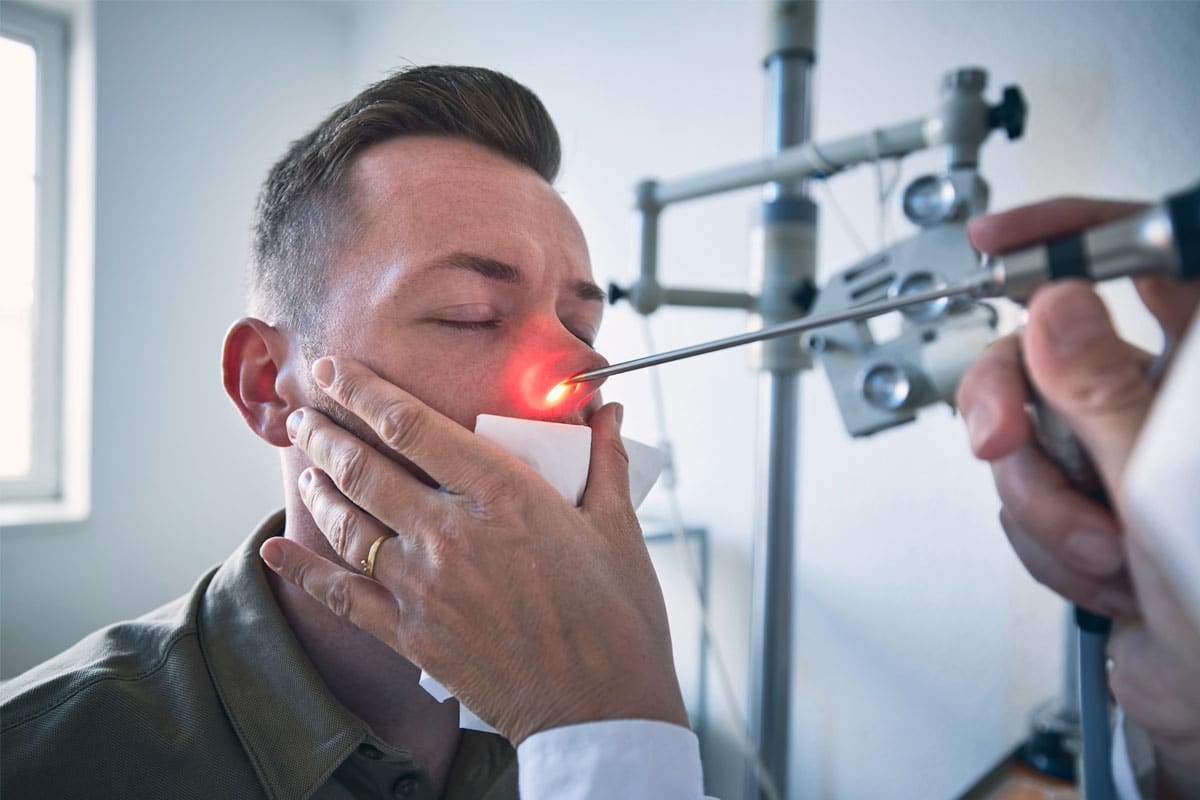Tachycardia is a medical condition where the heart beats faster than normal. It can be alarming and sometimes signals an underlying health issue. This guide aims to provide a clear and simple explanation of tachycardia, its causes, symptoms, and treatment options. By understanding tachycardia, you can better manage your health or support someone who is dealing with this condition.
What is Tachycardia?
Tachycardia occurs when your heart beats faster than the normal resting rate. Typically, a normal resting heart rate ranges from 60 to 100 beats per minute. When the heart rate exceeds 100 beats per minute at rest, it is considered tachycardia. This rapid heartbeat can affect the efficiency of the heart, causing it to pump less effectively, which may lead to less oxygen reaching your organs and tissues.
Types of Tachycardia
There are several types of tachycardia, each with different characteristics and implications for health. Here are the most common ones:
Atrial Fibrillation (A-fib)
Atrial fibrillation is an irregular and often rapid heart rate that can increase the risk of stroke, heart failure, and other heart-related complications. In A-fib, the heart’s upper chambers (atria) beat out of sync with the lower chambers (ventricles).
Atrial Flutter
Similar to atrial fibrillation, atrial flutter is a condition where the atria beat very fast but at a regular rate. This can also lead to an increased risk of stroke and other heart issues.
Supraventricular Tachycar (SVT)
SVT is a type of tachycardia that originates above the heart’s ventricles. It causes a rapid heartbeat that can come on suddenly and might last from a few minutes to several hours.
Ventricular Tachycardia (VT)
This type of tachycardia starts in the heart’s lower chambers (ventricles). VT can be dangerous, as it may lead to more serious conditions like ventricular fibrillation, which can cause sudden cardiac arrest.
Sinus Tachycardia
Sinus tachycardia is a normal increase in heart rate. It can be a response to physical activity, stress, fever, or anxiety. While usually not dangerous, it can sometimes indicate an underlying health issue.
What Causes Tachycardia?
Tachycardia can be caused by various factors, including:
- Heart Conditions: Issues such as high blood pressure, coronary artery disease, heart failure, and previous heart attacks can lead to tachycardia.
- Electrolyte Imbalance: Imbalances in electrolytes like potassium, sodium, and calcium can affect the heart’s electrical impulses.
- Anaemia: Low levels of red blood cells can cause the heart to pump faster to meet the body’s oxygen needs.
- Thyroid Problems: An overactive thyroid gland (hyperthyroidism) can increase the heart rate.
- Smoking and Alcohol: These substances can affect heart rhythm and lead to tachycardia.
- Medications: Certain drugs, including stimulants and some medications for asthma or high blood pressure, can cause a fast heart rate.
- Stress and Anxiety: Emotional stress and anxiety can trigger an increase in heart rate.
- Caffeine: Excessive consumption of caffeine can stimulate the heart and cause tachycardia.
Symptoms of Tachycardia
Tachycardia symptoms can vary, depending on the type and severity of the condition. Common symptoms include:
- Rapid Heartbeat: A noticeable increase in heart rate, even when at rest.
- Shortness of Breath: Difficulty breathing or feeling short of breath.
- Dizziness or Lightheadedness: Feeling faint or lightheaded.
- Chest Pain: Discomfort or pain in the chest area.
- Fatigue: Feeling unusually tired or exhausted.
- Palpitations: A fluttering or pounding sensation in the chest.
In severe cases, tachycardia can lead to fainting (syncope), and it may require immediate medical attention.
Diagnosing Tachycardia
If you experience symptoms of tachycardia, it’s important to see a healthcare provider. Diagnosis usually involves:
- Physical Examination: Your doctor will check your heart rate and listen to your heartbeat.
- Electrocardiogram (ECG or EKG): This test records the electrical activity of your heart and can detect abnormal rhythms.
- Holter Monitor: A portable device that records your heart’s activity over 24 to 48 hours.
- Event Monitor: Similar to a Holter monitor, but used for a longer period to detect intermittent issues.
- Echocardiogram: An ultrasound of the heart to check for structural problems.
- Blood Tests: To check for conditions like anaemia, thyroid issues, or electrolyte imbalances.
- Stress Test: Monitoring your heart rate while you exercise to see how it responds.
Treatment Options for Tachycardia
Treatment for tachycardia depends on the underlying cause and the type of tachycardia. Common treatments include:
- Medications: Drugs to control heart rate and rhythm, such as beta-blockers or anti-arrhythmic medications.
- Lifestyle Changes: Reducing caffeine and alcohol intake, quitting smoking, managing stress, and following a heart-healthy diet.
- Vagal Manoeuvres: Techniques like holding your breath or bearing down, which can sometimes slow your heart rate.
- Cardioversion: A procedure that uses electric shocks or medications to restore a normal heart rhythm.
- Catheter Ablation: A minimally invasive procedure that destroys the small area of heart tissue, causing the abnormal rhythm.
- Pacemaker or Implantable Cardioverter-Defibrillator (ICD): Devices implanted in the chest to regulate heart rhythm.
- Surgery: In severe cases, surgical intervention may be necessary to correct the heart’s structure. A cardiologist in Delhi does it.
Managing Tachycardia
Living with tachycardia can be challenging, but with the right approach, you can manage the condition effectively. Here are some tips:
- Follow Your Treatment Plan: Take medications as prescribed and attend all follow-up appointments.
- Monitor Your Heart Rate: Use a home monitor to keep track of your heart rate and note any irregularities.
- Manage Stress: Practise relaxation techniques such as yoga, meditation, or deep breathing exercises.
- Stay Active: Regular exercise can improve heart health, but always consult with your doctor before starting a new workout routine.
- Eat a Healthy Diet: Focus on a diet rich in fruits, vegetables, whole grains, and lean proteins, and limit your intake of caffeine and alcohol.
When to Seek Help
If you experience symptoms of tachycardia, such as severe chest pain, fainting, or difficulty breathing, seek medical attention immediately from the best cardiologist in Delhi. Early intervention can prevent complications and improve outcomes.
Conclusion
Understanding tachycardia is crucial for managing your heart health effectively. By knowing the causes, symptoms, and treatment options, you can take proactive steps to control this condition. If you suspect you have tachycardia or are experiencing symptoms, don’t hesitate to contact a healthcare professional at PSRI Hospital for proper diagnosis and treatment. Remember, a healthy heart is key to a healthy life. They have a team of the best doctors who can diagnose and treat any of your heart conditions with professionalism. Book an appointment today to know more.






